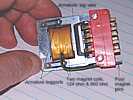IBM-MiniRelay
You will have to forgive me. I have no right to talk about this cute little relay 'cause I never worked with it, and I saw it for the first time up close just a week ago. I even happily assume that it runs on 24 volts DC. There are a "bunch" (maybe 20) of 'em in a 1402 card reader/punch.
|
It is a 4 pole double throw wire contact relay of limited current capability that has two coils,
The contacts in this particular sample are sufficiently corroded to give uncertain volt-ohm meter resistance readings. (They are of the non-sliding kind and may take power supply voltage to puncture through the corrosion.) "Make before break" characteristics can be given to individual sections by manufacturing control of the width of the black plastic bar shown.
| 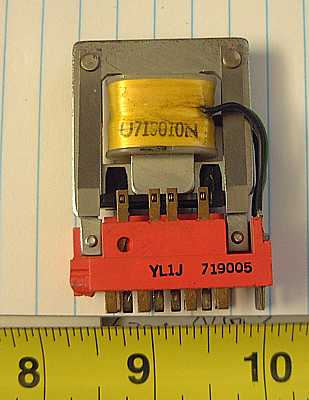
|
Well, I think so anyway ;-))
Henk Stegeman sent the following from "IBM FEMM", #S225-3422
 Page 2-9 |  Page 2-10 |  Page 2-11 |  Page 2-12 | 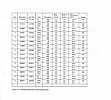 Page 2-13 |
| This is the other side, the spring side which pushes the armature away from the main magnetic structure. | 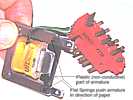
|
| This is an exploded view, showing armature detail. | 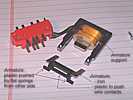
|
| This is an end view showing the armature pushed away from the main magnetic structure. | 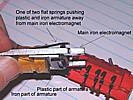
|
| This is an end view showing the armature pushed toward the main magnetic structure, as when the relay is energized, magnetically active, "ON", drawing the armature "in" and making other contacts. | 
|
| OK - we have seen the mechanical movement, now lets see how that movement operates the contacts | 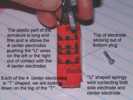
|
In summary, you have seen the electromagnet, that attracts the armature, that moves a plastic bar that pushes 8 wire sets away from the four central central contacts in one direction or another - hence a 4 pole, double throw relay :-))
I hope that proposed 24 volt DC power is a good guess -
Cheers, Ed Thelen
